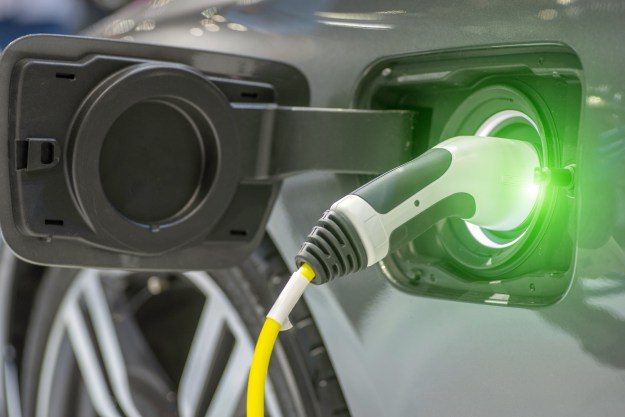England’s annual Goodwood Festival of Speed is where automakers go to show off their latest performance cars by running them up Goodwood’s famous hillclimb course. But it doesn’t always go well. Porsche used Goodwood to unveil the new Porsche 911 GT2 RS, the most powerful and likely the most expensive production 911 ever. The GT2 RS looked good cruising up the Goodwood hillclimb, but that brief outing also showed that even a performance car as extreme as this one can’t do everything.
Around the 20-second mark in this video, the driver stops to attempt a donut, because, why not? Unfortunately, the Porsche 911 ends up going nowhere. Instead of spinning the rear wheels and making a cloud of tire smoke, the car just ends up driving around in a circle. Realizing this donut wasn’t going to happen, the driver gets moving quickly to avoid both further embarrassment, and the 911 Turbo Exclusive that was closing fast with the GT2 RS.
So if donuts are your thing, the Porsche 911 GT2 RS probably isn’t the car for you. With a starting price of $294,250 that swells to well beyond $300,000 with options, it probably isn’t the car for most people, actually. For an additional $31,000, the optional Weissach package cuts 40 pounds with carbon anti-roll bars, magnesium wheels, and a carbon-fiber trunk lid.
It may be expensive, but the GT2 RS is also the most powerful street-legal 911 ever. It uses a modified version of the 3.8-liter twin-turbocharged flat-six engine from the 911 Turbo, producing 700 horsepower and 553 pound-feet of torque. That considerable grunt is channeled through a seven-speed PDK dual-clutch transmission (no manuals here). Despite being more powerful, the GT2 RS makes do with rear-wheel drive, rather than the Turbo’s all-wheel drive.
Assuming it doesn’t simply skid off into a tree, Porsche claims the GT2 RS will do 0 to 60 mph in 2.7 seconds, which may be a bit conservative. Porsche also estimates a top speed of 211 mph, and claims the GT2 RS will be in the hunt for the title of fastest production car around the Nürburgring. To achieve that, it will need to beat a host of supercars, including Porsche’s own 887-hp 918 Spyder plug-in hybrid. At least it won’t have to do any donuts.


